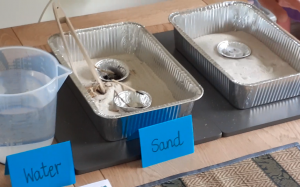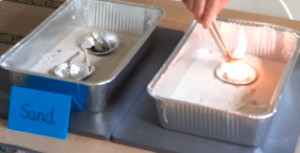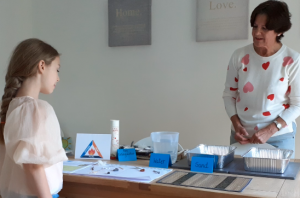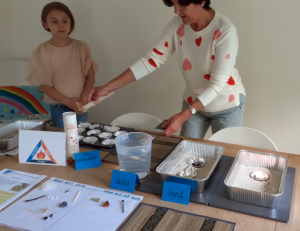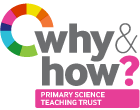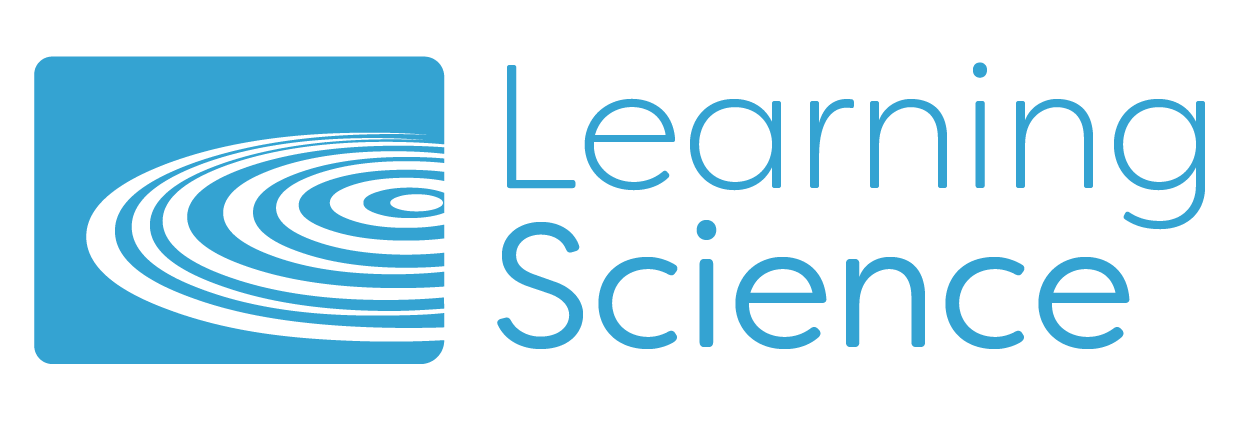Bringing history to life
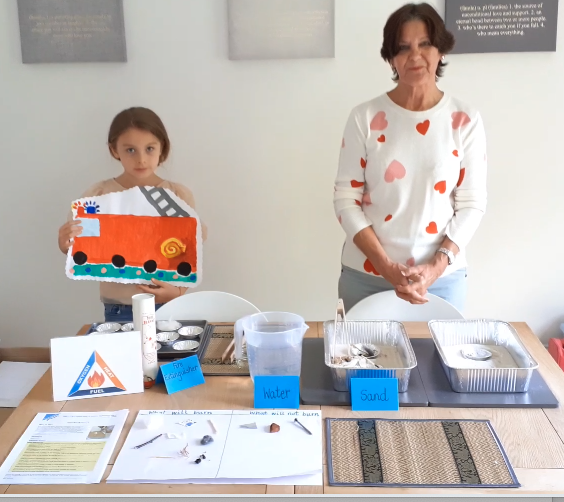
Linking science to other subjects can be a powerful way to engage children in their learning. In today’s blog, we consider how one particular event in 1666, the Great Fire of London, can introduce children to materials and irreversible changes due to burning.
PSTT Regional Mentor Kathy Schofield shares an activity which she recently carried out at home to help bring history to life for her grandchildren. This activity can easily be replicated in the classroom with small groups of children, or demonstrated by the teacher to the whole class with verbal interaction from the children on the outcomes of the investigation.
‘Late on the evening of 1st September, baker Thomas Farriner shut down his oven at his house in Pudding Lane and went to bed. But he had missed one hot ember and by the time he was awakened by his servant on Sunday 2nd September at 1 am, the house was ablaze. So began the Great Fire of London which raged for 5 days. It destroyed 13,200 houses, 87 parish churches, St Paul’s Cathedral, and most of the buildings of the City authorities. It is estimated to have destroyed the homes of 70,000 of the city’s 80,000 inhabitants.’
Using this historical context, the teacher has a wonderful opportunity to explore, safely, the scientific concepts of combustible materials, helping children to understand why the fire destroyed so many homes in the city. It allows them to gain a better understanding of the dangers of fire and how understanding the properties of materials has influenced modern buildings.
This activity uses simple materials easily found around the home and garden, or at school.
Equipment
2 sets of small quantities (e.g. a maximum 2 cm square piece) of a good selection of the following:
– preferably have 1 set for sorting and 1 for testing
- different papers
- dry twigs, or dead matches
- sawdust
- straw
- cotton material or wool
- wire wool
- steel nail
- aluminium foil
- mud
- bread
- brick
Additional requirements:
- Tea Lights
- Individual foil baking cases
- Wooden tongs, pre-soaked in cold water, or metal tongs
- Metal baking trays
- Sand
- Wooden splints or long matches
- Jug of water & a fire extinguisher/fire blanket
The images below will show you how easy it is to work safely when burning different materials.
Safety notes for teachers – these appear long but in fact they just reminders of how to work safely
- An adult should light wick and retain matches at all times. These should be stored safely in a place inaccessible to children.
- Only burn small samples, as outlined in the practical protocol.
- Do not burn synthetic materials – harmful fumes might be produced.
- Use tea lights rather than candles (tea lights are less likely to fall over) – place the tea lights in a metal tray filled with sand.
- Use tongs to hold the material.
- Work over the metal tray of sand. Make sure the sand tray is large enough to allow pupils to place the burning/heated samples on the sand – well away from the tea light.
- Ensure trays and all resources are accessible so that pupils do not lean across the flame.
- Place trays away from wall displays/drafts/combustible materials.
- Have a source of water to hand to extinguish burning items if required.
- Check location and operating instructions for classroom fire extinguisher.
- Ensure that materials are not heated directly under heat sensors/smoke alarms – ask for advice when planning the activity.
- Check exits are clear to all.
- Prepare an appropriate risk assessment for your setting.
Safety for your pupils
- Tie long hair back/remove or tuck in ties/loose clothing.
- Clear desks and ensure floor is clear of obstructions/belongings.
- Stand up when heating/burning items – allow space to move back quickly if required.
- Place hot/burnt materials onto the sand in the tray.
- Do not touch hot equipment or objects e.g. metal tongs may not appear hot.
- Do not carry burning tea lights or objects around the classroom.
How to set up the activity
Place 2 baking trays side by side and fill with enough sand in each to cover the bottom of the tray completely.
Place a tinfoil dish in one tray containing a tea light, this is the testing tray. The other tray is for the safe disposable of the tested materials. On hand nearby you should have a jug of water and a fire extinguisher that is appropriate for this activity. If you are using wooden tongs, dip them in water periodically during the activity. Have small quantities of the materials ready prepared in 2 sets of small foil baking dishes.
After setting up the activity as outlined above, explain to the children the dangers of fire and the need for safe practice when carrying out this investigation. Point out the exits and ensure they all understand the safety guidelines.
With one set of the materials to be tested, ask the pupils to sort the materials, predicting which will burn and which will not burn.
Carry out the burning of each material. The children need to observe closely what happens during burning and chart the results, taking into account what is left at the end of the process.
Discuss, compare and contrast the materials used in 1666 for buildings with those of the present day.
Alternative or Additional activities
Invite the fire brigade to bring along a fire engine and talk to the children about what they would do in the event of a fire. This visit, which will take place outdoors, can be linked to a re-enactment of the Great Fire.
Re-enacting the Great Fire of London
Children re-create the 1666 houses using recycled materials. When completed, arrange the houses on the playground in the formation of Pudding Lane.
Keeping the children at a safe distance and being mindful of wind direction, set fire to the houses.
Challenges
How much water is needed to put out the fire?
Offer the children a variety of objects to predict which would be the most effective? E.g. water pistol; ‘super soaker’; ‘super, super soaker’; bucket; watering can; fire hose
If appropriate, allow the children to try to extinguish the fire
Further Sources for support
CLEAPSS has a resource, P018 – investigating burning. Members of CLEAPSS can access this resource and advice via the CLEAPSS website http://primary.cleapss.org.uk/
Teachers in Scotland can consult SSERC for advice https://www.sserc.org.uk/contact/
For further guidance consult the chemicals section and heating and burning section of the ASE publication Be Safe! (4th edition)
If you would like to try other burning activities, visit Wow Science’s recommendations, e.g. https://www.science-sparks.com/oxygen-and-air-pressure/
Back to blog
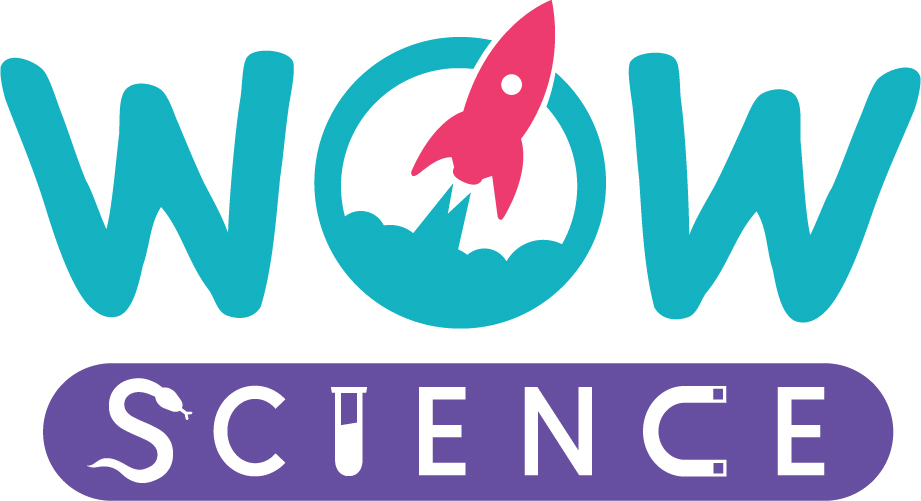


 QUICK
QUICK
 MEDIUM
MEDIUM LONG
LONG
